Monday, 22 April 2024
Menu

On 30 May 1972, at around 10 pm, an Air France flight landed at Lod Airport, known as Ben Gurion International Airport, near Tel Aviv (Israel). Among the passengers disembarking from the plane were three Japanese tourists. Each carried a case and as soon as they entered the terminal building, they each opened theirs. Instead of violins they took out machine guns. They started firing without specially selecting targets, while throwing hand grenades, changing magazines. The airport security was completely surprised. The first attacker died when he was accidentally hit by one of his accomplices. The second died, as a result of a hand grenade exploding (detonated prematurely?). The third attacker was shot by security forces and was detained.
How could this have happened?
This was the beginning of so-called predictive profiling. Until 20 May 1972, all terrorists, at least according to the Israelis, were Arabs. This meant that the focus was on people who looked like they were of Arab origin. Since this was what the terrorists looked like, obvious deviant behaviour and indicators that it might be otherwise were overlooked.
Why am I telling this story on a blog about diving?
In diving, deviation from the norm also deserves attention. We plan a dive, however basic it is. And then we jump into the water. Maybe we’re lucky enough to have a partner, maybe we’ve discussed a few things with them beforehand. But too often this discussion is (too?) brief.
Different things happen during a dive and most of them are ‘expected’. After all: we planned it, maybe even tried to visualise the dive before entering the water. From time to time, however, something unexpected happens and then we have to react.
1) But first we have to perceive it (it is a sensory reaction, so sight, sound, pressure, smell);
2. then we have to understand what this deviation from normality means for us;
And finally we need to understand what effect this deviation will have in the future.
In short, this is how situational awareness works. Guy Shockey recently wrote an excellent article on this topic for InDepth: “Situational awareness and decision making in diving“. Here is the link to Guy’s blog (English)
But how do we know that something is unusual, that it deviates from the norm?
The problem with the first step is that we only perceive things if they are dangerous, interesting, pleasant or important(DIPI – Dangerous, Intresting, Pleasurable Important ). If a deviation – a deviation does not fall into one of these categories, we are unlikely to notice it. It is therefore important to learn things the right way. If we do not know what normal is, or as Gareth Lock calls it, “What does normal look like?”, it is quite possible that we will not notice such a ‘deviation from the norm’ and will be surprised by the unpleasant consequences.
Not just dive instructors, but all divers really should always strive to be accurate. Just think of something as simple as the dive partner check (or S drill for technical divers). Your instructor will tell you that it is very important to always do this, only to skip this simple check yourself. By doing this, you are setting a bad example and creating a false image of what ‘normal looks like’. “Do as I say, not as I do” does not work, as many honest instructors will tell you.
Sooner or later, something can go wrong because of the observance of the wrong kind of “normality”. When we look at the accident later, it is very easy to point fingers, “If only the divers had made that check, they would have noticed that the valve was not open!” But up to that point, the diver had never jumped into the water with the valve closed and nobody had ever checked their partner because that was the ‘norm’. So how could this diver know that what he was doing was in fact a deviation from the norm? In doing so, was he preparing for possible failure?
In his book “The Field Guide to Understanding “Human Error”” Sidney Dekker gives the example of a person in a tunnel. This person is approaching an intersection and must decide whether to turn left or right. The person cannot see where the tunnel leads. One direction may lead to an accident and the other may not. When we look back at the accident, it is as if we are outside the tunnel and looking at everything from the outside. We can see all the turns and we can see where each turn leads. We also have the advantage of knowing that certain choices lead to or contribute to the accident. What we often forget is that the person in the tunnel at that time did not have the same information as we do now. He or she doesn’t know where different branches lead, and as Dekker writes: “If doing what they did made sense to them, it might make sense to others too.” The trick is to put ourselves in their shoes and try to find out why they did what they did. We may or may not be able to help others (or ourselves) when faced with the same choices in the future.
and the way we make decisions under time pressure
When we have to make a decision, we delve into our memories and try to find parallels from past events. If we match a relevant event, we try to treat the new event the same as the previous one. As the situation progresses, we need to evaluate the changes and see if we are still on the right track. If not, we need to change our approach. This is called recognition-based decision making and is explained by Gary Klein in his book Sources of Power: How People Make Decisions (Sources of Power: How People Make Decisions).
In this book, Gary Klein mentions the example of fire chiefs arriving at a house engulfed in fire. They only have one pump at their disposal and if they wait too long the fire will spread. Less experienced commanders spend a long time thinking about the best way to fight the fire. Sometimes it may take too long and the fire may be too big to contain by the time they decide on a course of action. Experienced fire chiefs would start fighting the fire almost immediately. Then by carefully watching the reaction of the fire, they might change their approach. It all depended on what they saw and whether it matched what they had seen before.
Experienced divers behave in a similar way. We get to know the dive site, familiarise ourselves with the conditions and our dive equipment and have a ‘memory kit’ to rely on if circumstances change.
Beginner divers do not yet have this. So it’s important to teach the right things from the start. Explaining why it is important to do things a certain way is a big part of this.
After learning new skills, divers go and gain experience. During the dive they will be faced with new experiences and some deviations. It is hoped that these deviations will not only be “felt”, but thanks to the previous training they will notice that the deviations belong to one of the “DIPI categories” and be able to behave accordingly. This experience will be recorded in their memories and will be available for future reference.
In summary, the message is:
1) Know what is ‘normal’ under the circumstances;
2) If you notice a deviation, act accordingly;
3. evaluate your action and its effect. If it is not the expected outcome, go back to step 2.
But how can we be sure we’re not missing anything? That could be a great topic for the next blog. But let’s start at the beginning: make sure you are learning the (new) skills in the right way, so that your mental picture of what ‘normal’ looks like is correct. And what does ‘normal’ look like when diving? As any diver will tell you, it all depends on who you ask.
Article in original on www.thehumandiver.com ‘Predictive Profiling & diving: “what deviates, deserves attention!”
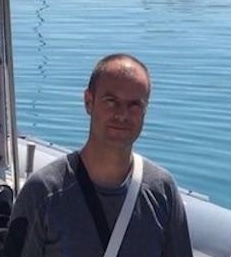
Bart is a Trimix Instructor Trainer, on open and closed circuits, with almost 3000 dives performed in 20 years of diving.
.

.




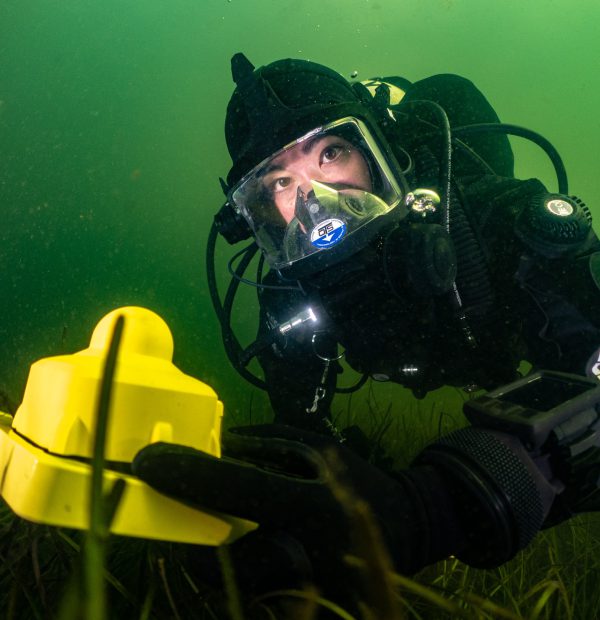
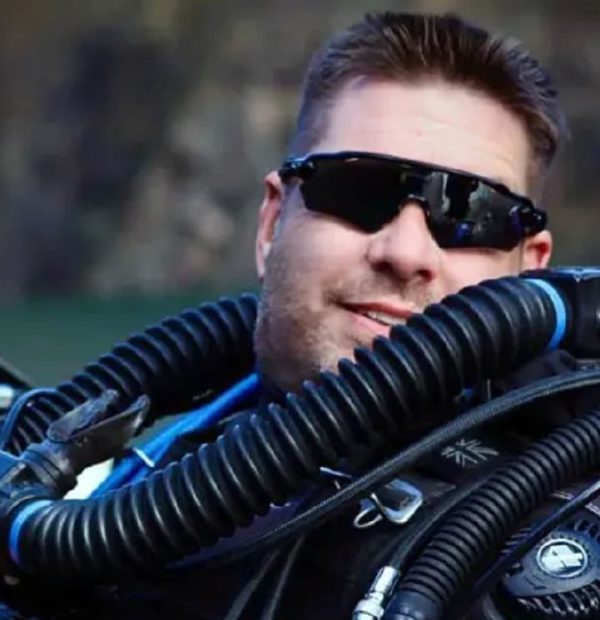
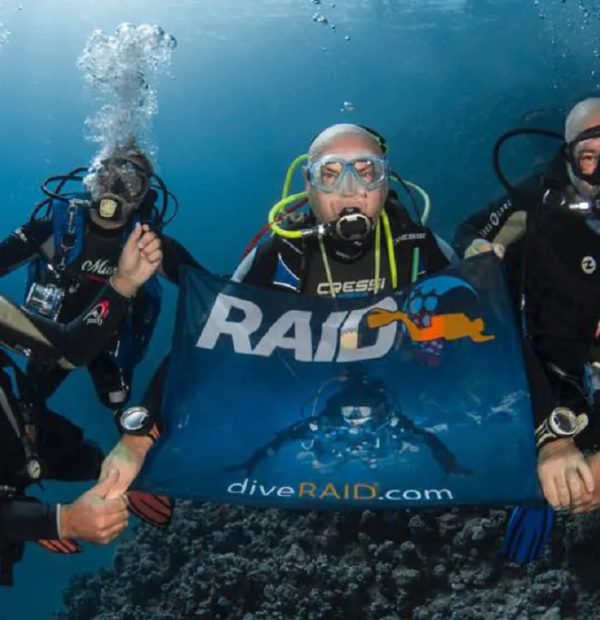
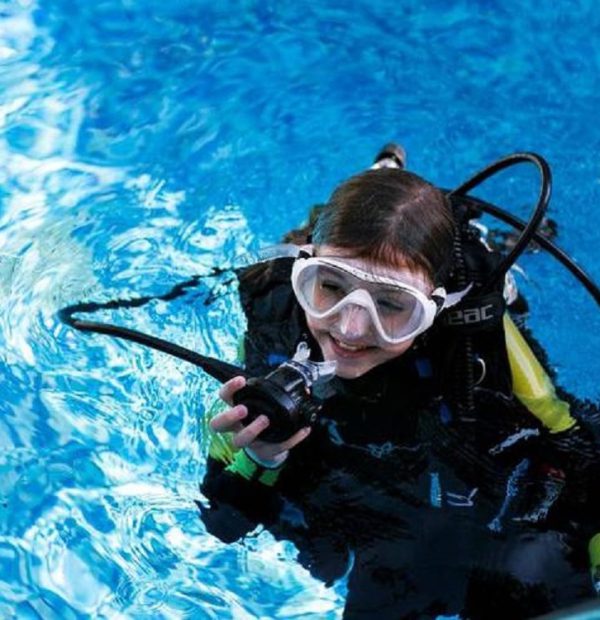
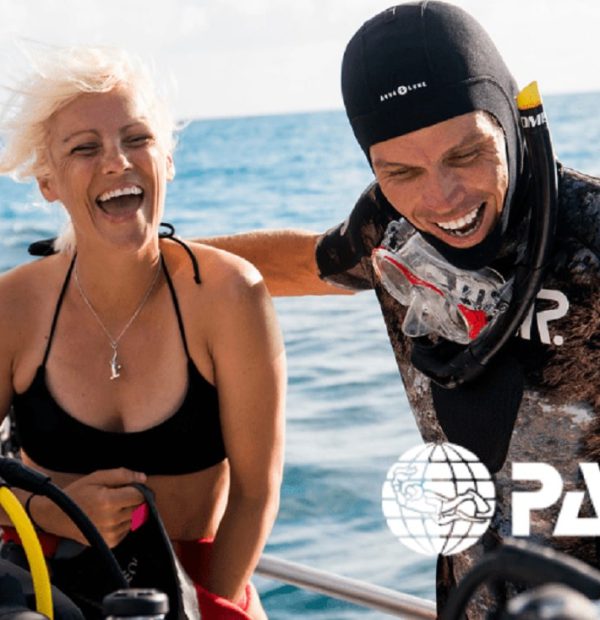

Welcome to DIVERS24.COM, your daily source of scuba news, freediving, scuba diving information, and equipment reviews. Our comprehensive coverage of the dive industry from A to Z provides you with all the latest scuba news, training updates, underwater photography tips, and everything else related to scuba diving. Whether you’re a beginner or an experienced diver looking for more knowledge about scuba gear or techniques – we’ve got it covered! With our in-depth articles written by experienced divers who have been there and done that, you are sure to find exactly what you need here at Divers24.com. Dive into scuba news today!
Underwater Media Sp. z o.o.
Szafarnia 11/F8,
80-755 Gdansk, Poland
Welcome to DIVERS24.COM, your daily source of scuba news, freediving, and scuba diving information. Sign in for a weekly news update and discount coupons for dive gear and apparel.
@2023 - underwatermedia.pl. All Right Reserved. Designed and Developed by Tworzenie stron internetowych Gdansk

The Divers24 portal is currently the largest online medium treating diving in Poland. Since 2010 we have been providing interesting and important information from Poland and around the world on all forms of diving and related activities.
Contact us: info@divers24.com